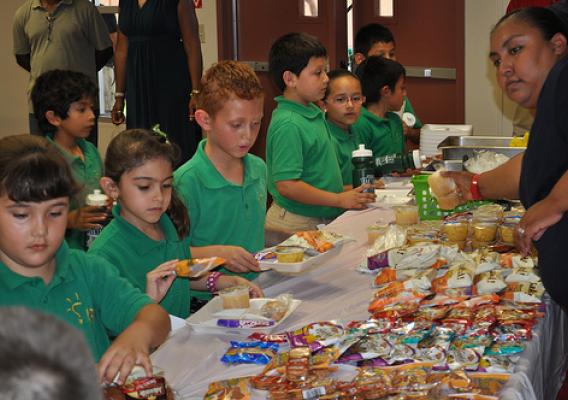In every state, people are connecting directly with their food each time they bite into a local apple, grill a local steak or create a salad with local ingredients. Local food is about the products that farmers and ranchers grow and raise. It’s about the businesses that bring food from farms to our tables, and efforts to connect consumers with producers like farm to school and agritourism. And it’s about the sense of pride behind campaigns like “Buy Fresh, Buy Local,” “Appalachian Grown,” or “Idaho Preferred” that let consumers know their food dollar is flowing back into their local economy. Women play a prominent role in developing local and regional food systems that are creating jobs, pulling new people into agriculture, connecting communities, and improving health.
On Tuesday, July 17th at 3:00pm EDT, Jon Carson, White House Director of Public Engagement, and I will join inspiring women leaders in the field of local foods through a Google+ Hangout to hear their stories and answer your questions. It’s also a chance to see more stories like theirs when we unveil the 2.0 version of the USDA’s Know Your Farmer, Know Your Food Compass. An innovative digital guide and map, the KYF Compass highlights USDA-supported local food projects around the country. The 2.0 version features thousands of local food projects in all 50 states and includes keyword and zip code search features.







